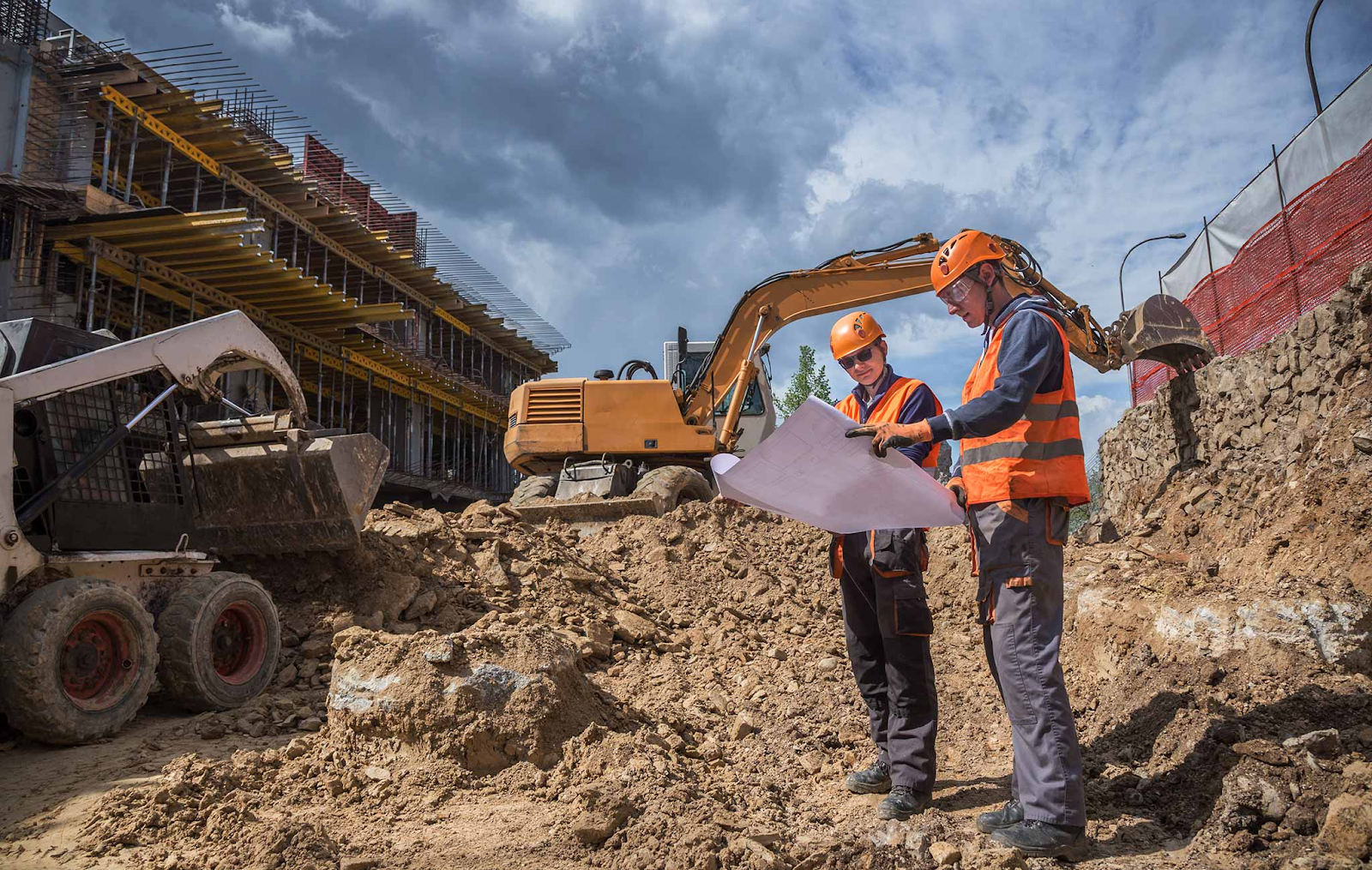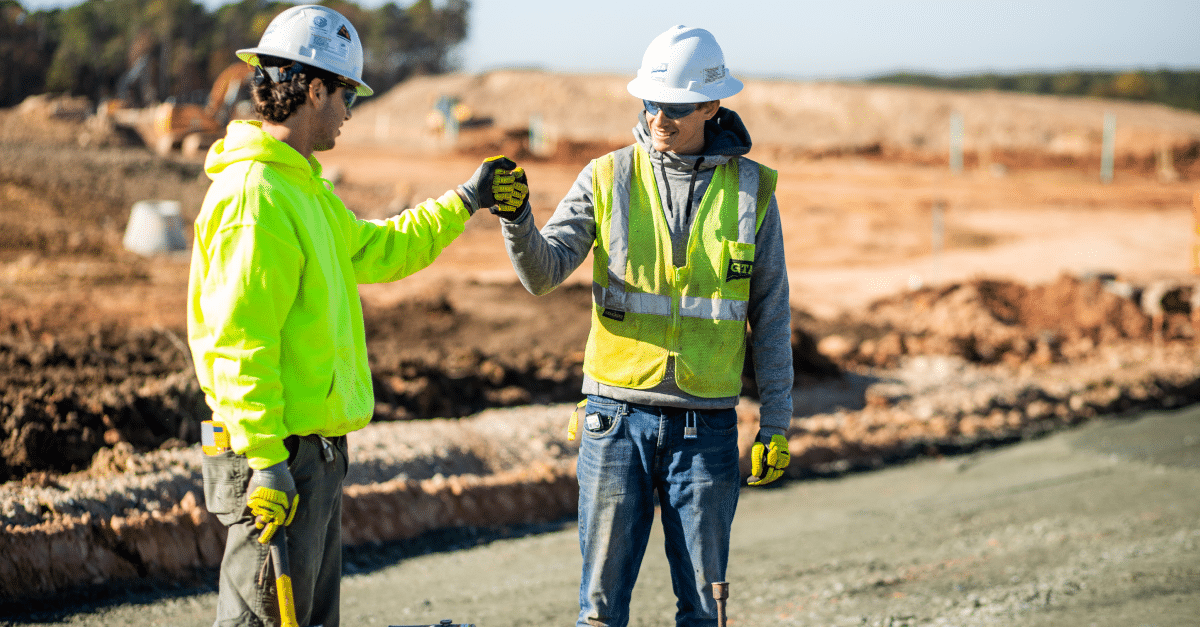Geotechnical Engineering For Construction Projects Fundamentals Explained
Geotechnical Engineering For Construction Projects Fundamentals Explained
Blog Article
The Definitive Guide for Geotechnical Engineering For Construction Projects
Table of ContentsSee This Report about Geotechnical Engineering For Construction ProjectsIndicators on Geotechnical Engineering For Construction Projects You Need To Know10 Simple Techniques For Geotechnical Engineering For Construction ProjectsGetting The Geotechnical Engineering For Construction Projects To Work5 Simple Techniques For Geotechnical Engineering For Construction ProjectsWhat Does Geotechnical Engineering For Construction Projects Do?The Best Guide To Geotechnical Engineering For Construction Projects6 Easy Facts About Geotechnical Engineering For Construction Projects Described
Accompanying this increased intricacy comes geological and ecological factors that influence the design of the foundation, which is probably one of the most crucial component of any kind of development. People need to rely on that structures, bridges, and roadways will stand the examination of time. A Geotechnical engineer recommends on exactly how a structure can best be supported providing its distinct situations What's concealed listed below the surface of the ground is likely one of the most vital item of information that a Geotechnical Designer wants.These samples are then examined by the laboratory to establish dirt composition (Geotechnical Engineering for Construction Projects). The break down of sand, silt, clay, and other products present in the soil, helps the engineer establish what distinct characteristics the website has and what the implications of those might be. Naturally soil structure is just one examination that can be executed on examples
Getting The Geotechnical Engineering For Construction Projects To Work
Based on these examinations, there may be more dirt borings that are drilled, or the engineer might have enough information from the preliminary tests to make a recommendation to the client on how finest to proceed with their job. Outcomes are typically reported via borings logs which show the dirt structure and features at a variety of depths.
Geotechnical designers are liable for understanding the homes of natural deposits and using this expertise to create risk-free, economical layouts for building and construction projects. It is a crucial part of any type of civil engineering job, as it is made use of to determine the viability of a website for building and to make sure the framework's safety and security.
This consists of carrying out research laboratory examinations on the samples and making use of geophysical approaches such as seismic refraction and electric resistivity surveys. This information is utilized to examine the website's viability for building and construction and to identify the sort of structure that need to be used. Geotechnical engineering analyzes soil conditions, recognizes prospective threats, chooses an appropriate structure system for the recommended framework, and figures out the most effective foundation design for a given project.
Unknown Facts About Geotechnical Engineering For Construction Projects
The framework may end up being unstable or collapse without correct dirt stabilisation, leading to expensive repairs and potential injury. The stabilization procedure involves making use of different techniques to enhance the security of the soil, such as compaction, grouting, and the addition of strengthening materials. Without dirt stablizing, the threats connected with building projects would be a lot higher, and the results a lot less dependable.
Geotechnical designers conduct website examinations to analyze the dirt's residential or commercial properties and determine possible dangers. They create and implement soil stabilization methods, such as adding concrete, lime, or various other stabilizing representatives, to boost the dirt's strength and security.
Some Of Geotechnical Engineering For Construction Projects
Geotechnical designers are important in aiding to make certain that soil stabilization is done correctly to ensure that the framework is secure and protected. Geotechnical design is also made use of to analyze dirt conditions and determine prospective dangers. This consists of evaluating possible flooding, landslides, and various other natural calamities that could affect the foundation.
Geotechnical designers utilize this expertise to do site examinations, soil, and rock screening, and to interpret the outcomes to identify the ideal design criteria for a task. This details is used to ensure that the structure, keeping walls, inclines, and other frameworks improved or within the subsurface materials have sufficient security and resistance to external loads, such as quakes, wind, and water.
These frameworks require a deep understanding of the behavior of the subsurface materials, in addition to the capacity to handle the influence of excavation go now and building and construction on the surrounding environment. Geotechnical engineers use their competence to establish the proper design parameters for these structures, such as the dimension and form of the passage, the stamina of the supporting rock, and the type and amount of support required.
Along with the style and building and construction of structures, geotechnical engineering likewise plays a vital function in the rehabilitation and maintenance of existing structures. As frameworks age, they might experience degradation or click here for more info other issues that affect their security and efficiency. Geotechnical designers use their expertise to evaluate the condition of these frameworks, recognize the reasons for the troubles, and create strategies to resolve them.
Geotechnical Engineering For Construction Projects Things To Know Before You Get This
In this post, I will certainly talk about the duty of geotechnical design and the sorts of problems geotechnical engineers fix. Geotechnical engineers (geotechs) are involved in virtually every type of civil design job. Every framework is sustained by soil or rock unless it is floating, flying, or dropping down.
Geotechs are typically most included at the beginning of a task. Geotechnical Engineering for Construction Projects. Some of the jobs that a geotech might be accountable for are investigating subsurface conditions, establishing required lab screening of soil and rock, analyzing the subsurface expedition results, and composing reports that record the website conditions and supply recommendations for structures, fill specs, slope security, and so on
It is not unusual for geotechnical designers to focus on just one of the locations listed above and research that subject their whole profession. Geotechnical design is a crucial facet of any civil design project. No issue how excellent a framework is constructed, it will certainly not be wonderful for long if the structure is inadequate.
Getting The Geotechnical Engineering For Construction Projects To Work

Sometimes, things that might not seem vital end up being vital years later on when concerns arise. One last thing to maintain in mind: geotechnical design is wed to geology. Despite how fantastic your resource design proficiency is, if something essential is missed out on in the geologic characterization at a site, your competence might not save you.
He enjoys crawling about on any type of landslide he can locate and investing time fly fishing on the water. I wish you enjoyed this week's blog post by visitor writer Jese Vance. I wish you'll join us.
Everything about Geotechnical Engineering For Construction Projects

It is important to recognize the dirt condition prior to designing the kind and depth of structure required for the structure. In order to recognize the subsurface soil condition, a geotechnical examination is needed.
Some Known Questions About Geotechnical Engineering For Construction Projects.
When the test results come, the Geotechnical Engineer evaluations the report, which outlines the dirt and rock buildings groundwater problem and the connected dangers. The kind of structure called for to build the structure is after that established. Based upon the suggestion of the Geotechnical Designer, the architectural engineer after that creates the framework.
Report this page